When a cat dies its body can start to go into rigor mortis as early as ten minutes and as late as three hours following death.
Rigor mortis can be a factor that is used to tell when a cat died.
At first, the cat’s body remains more or less warm but turns rigid, and this process can last for up to eight hours.
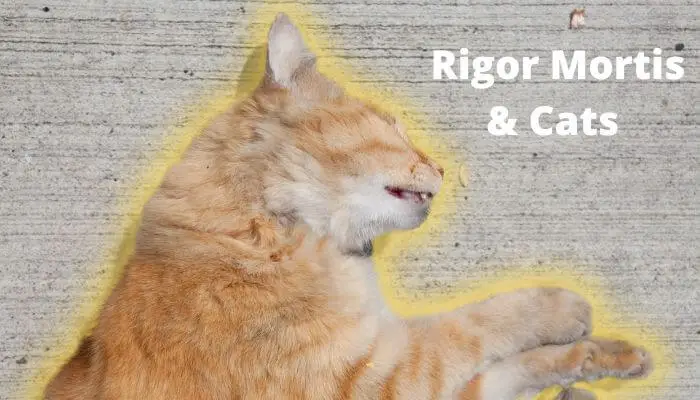
An animal’s body will remain rigid but become cold at anything between eight and thirty-six hours after exitus.
Contents
What is Rigor Mortis?
Also known as postmortem rigidity, rigor mortis is a natural process that affects most animals, particularly mammals equipped with various types of muscles.
Once a living being dies, the chemical composition of their muscles changes, which is why they become rigid.

This is how some animals (and even people) can end up in unnatural and apparently fixed positions for a period of time before their body parts can be realigned.
Rigor mortis is one of the first clear signs of death.
Once a cat dies, their body remains flexible sometimes for a few hours, but following this period, their limbs and muscles will stiffen.
Causes Of Rigor Mortis In Cats
Death is the only cause of rigor mortis, in the sense that there is no currently known process that can lead to the same phenomenon to the extent at which it is widespread and that affects living animals.
When a cat dies, the muscles in their body contract in a somewhat similar way they used to when they were alive.
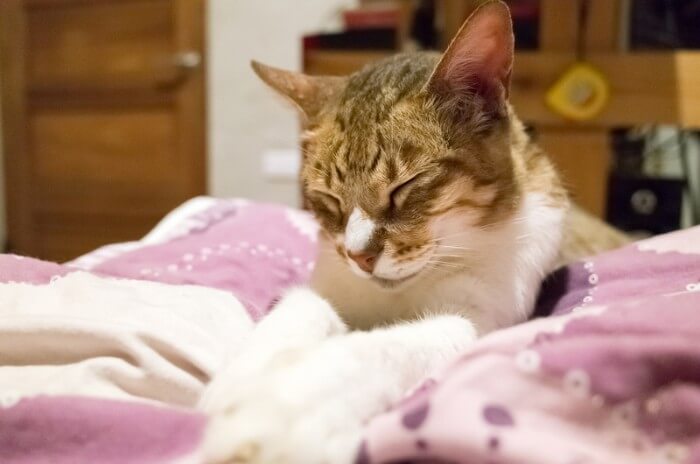
Put simply, death leads to an imbalance in the chemical exchanges that regularly happen between muscles and various other cells, which causes calcium ions to end up inside the muscle tissue in large amounts.
This imbalance, combined with the fact that calcium ions interact with myosin and actin filaments (which make up the muscle per se), leads to the contraction of the muscle.
The reason rigor mortis disappears at one point is that eventually, ATP (adenosine triphosphate), which is present virtually anywhere in an animal’s body, binds to myosin.
Myosin then relaxes the muscles and also pushes out the calcium ions out of the cell.
Despite being a natural chemical reaction, rigor mortis is always something unpleasant to deal with, whether in people or pets.
Phases of Rigor Mortis:
Rigor mortis is actually only one part of death, which is composed of four main post-mortem stages.
These four stages are called:
- Pallor mortis (skin paleness due to cessation of blood circulation)
- Algor mortis (a drop in the body’s temperature)
- Rigor mortis (joint and muscle stiffening)
- Livor mortis (lividity in the part of the body most close to the ground)
Corpse decomposition (not rigor mortis) includes other stages, mainly the following:
- Autolysis
- Bloat
- Active decay
- Advanced decay
- Skeletonisation
Rigor mortis occurs during the autolysis process, meaning when the body is still fresh.
Everything else, beginning with bloat, involves a process where the body of the animal becomes a corpse and eventually, a skeleton.
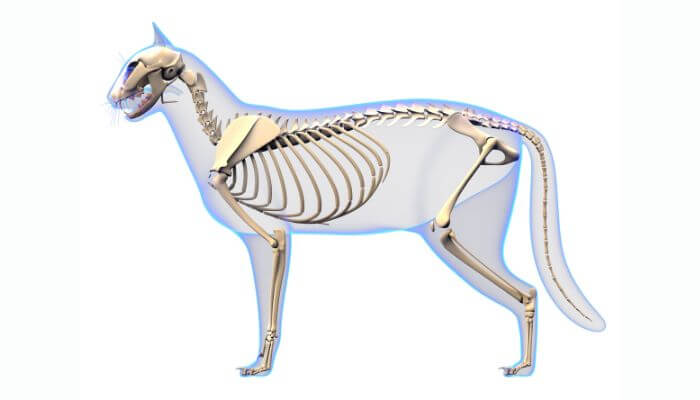
Since a skeleton is not outfitted with muscle cells and there is also a lack in the same chemical and organic matter that we can find in a living body, rigor mortis can only appear in animals that have recently passed.
Rigor mortis itself has six different stages only depending on its progression and later on, disappearance:
- Absence of rigor mortis
- Minimal rigor mortis
- Moderate rigor mortis
- Advanced rigor mortis
- Complete rigor mortis
- Passed
How Long Does The Entire Process Of Rigor Mortis Take in Cats?
Rigor mortis typically lasts for 36-48 hours, but its duration as a process is influenced by several factors.
Cause of death, levels of muscle mass and fitness, as well as the temperature of the body and that of the environment are some of the aspects that heavily influence how quickly rigor mortis sets in cats.
Additionally, if the animal had an infection that perhaps was the reason they died and if they were emaciated, for example, or had lost a lot of weight, the length of the rigor mortis process may be shortened.
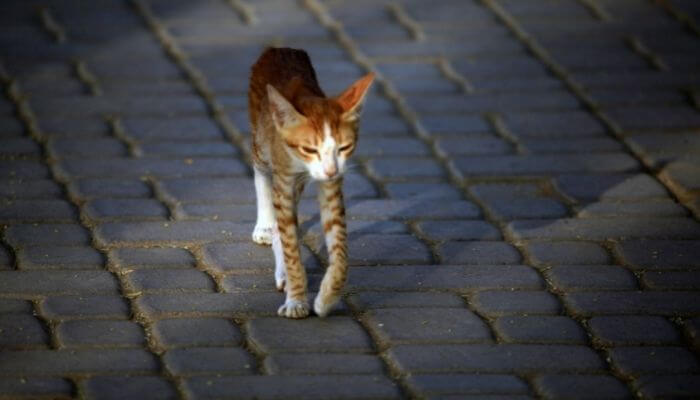
At around one to three hours after the cat’s death, their body will continue to remain somewhat flexible.
After this time span, it will progressively become stiff until it becomes quite hard.
While most pets’ bodies recover their flexibility at around 48 hours following death, there have been cases where they remained in rigor mortis for as long as 72 hours.
How to Tell How Long a Cat Has Been Dead
Pet owners who let their cats go outdoors may have the extremely unpleasant surprise of finding them dead because they may have been killed by larger predators such as a dog, fox, or mountain lion or were perhaps involved in a car accident.
Depending on the amount of body damage, a cat owner may be able to tell whether their pet has been dead for one or more days.
If they are in rigor mortis, chances are that they’ve been dead for less than two days.
Most pets’ bodies go through rigor mortis that passes in less than 50 hours’ time.
If the cat’s body is still rigid, they may have died yesterday.
Decomposition then begins to affect the body, with gas and other liquids generated by anaerobic microbial activity happening at around 50-60 hours after exitus.
If the cat’s body, particularly their abdominal area, seems extended and does not seem to be smelling good at all, they may be dead for more than 3 or 4 days.
However, if the body has been laying in a dark and cool place, decomposition will take longer.
To some extent, some cats’ bodies simply dry up, especially if there is no appropriate environment for bacteria to begin reproducing heavily.



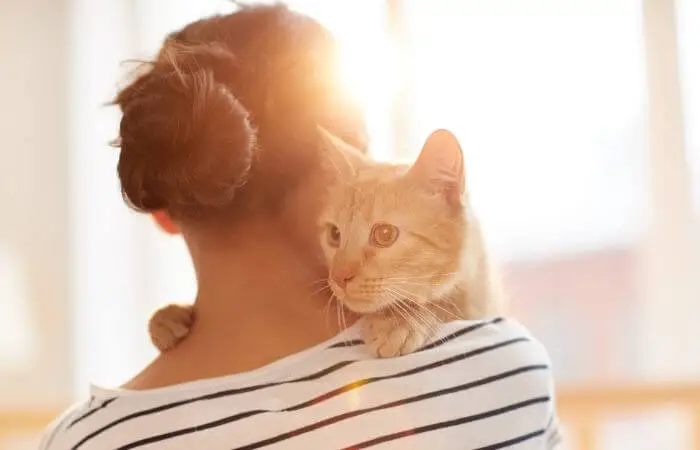



Leave a Comment